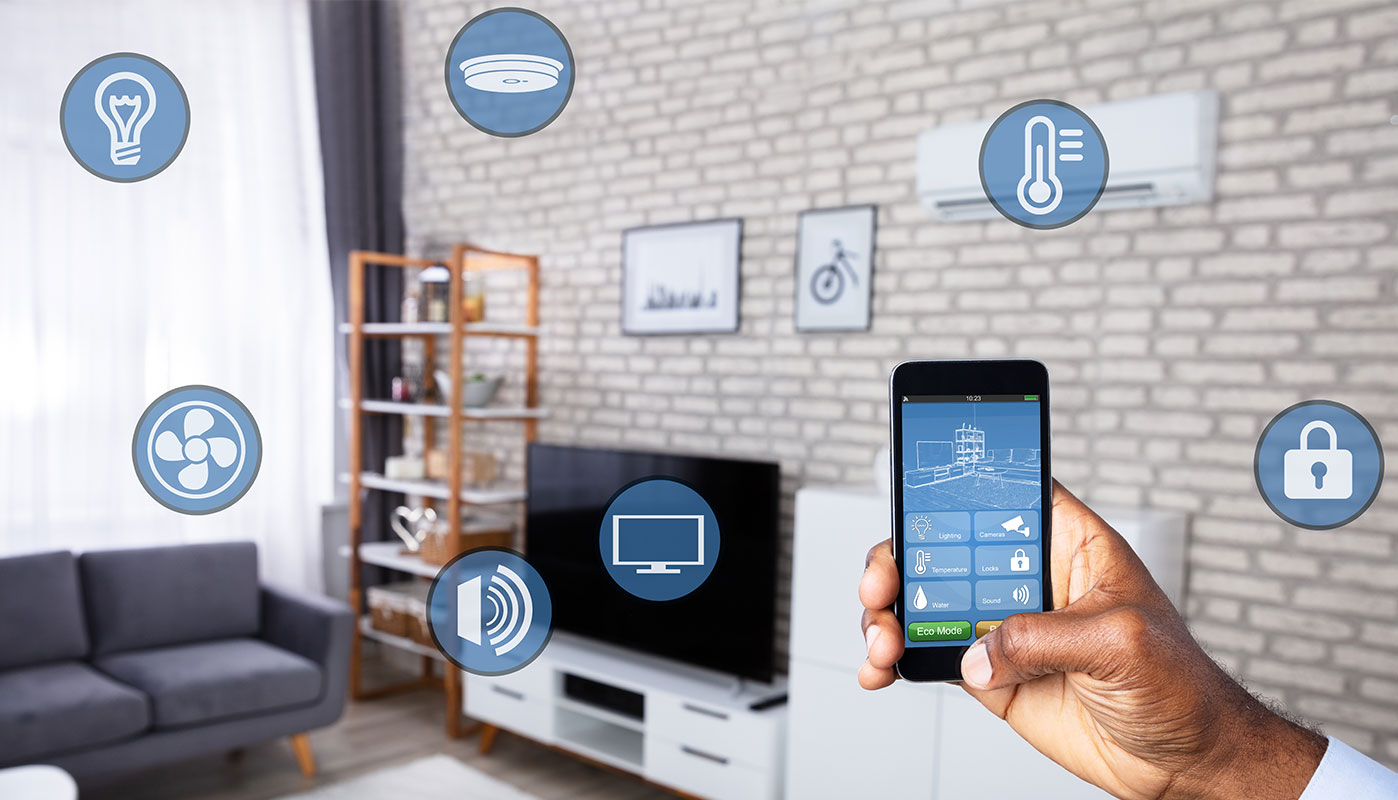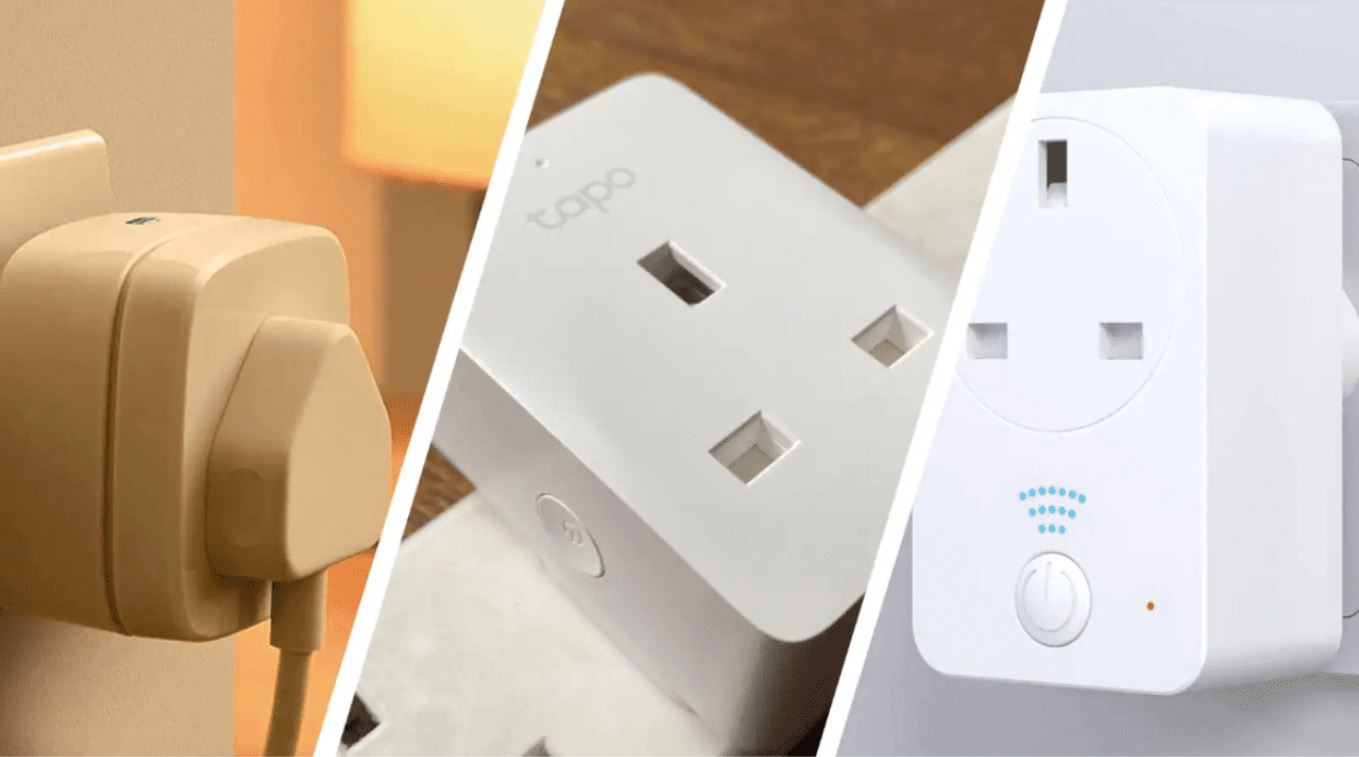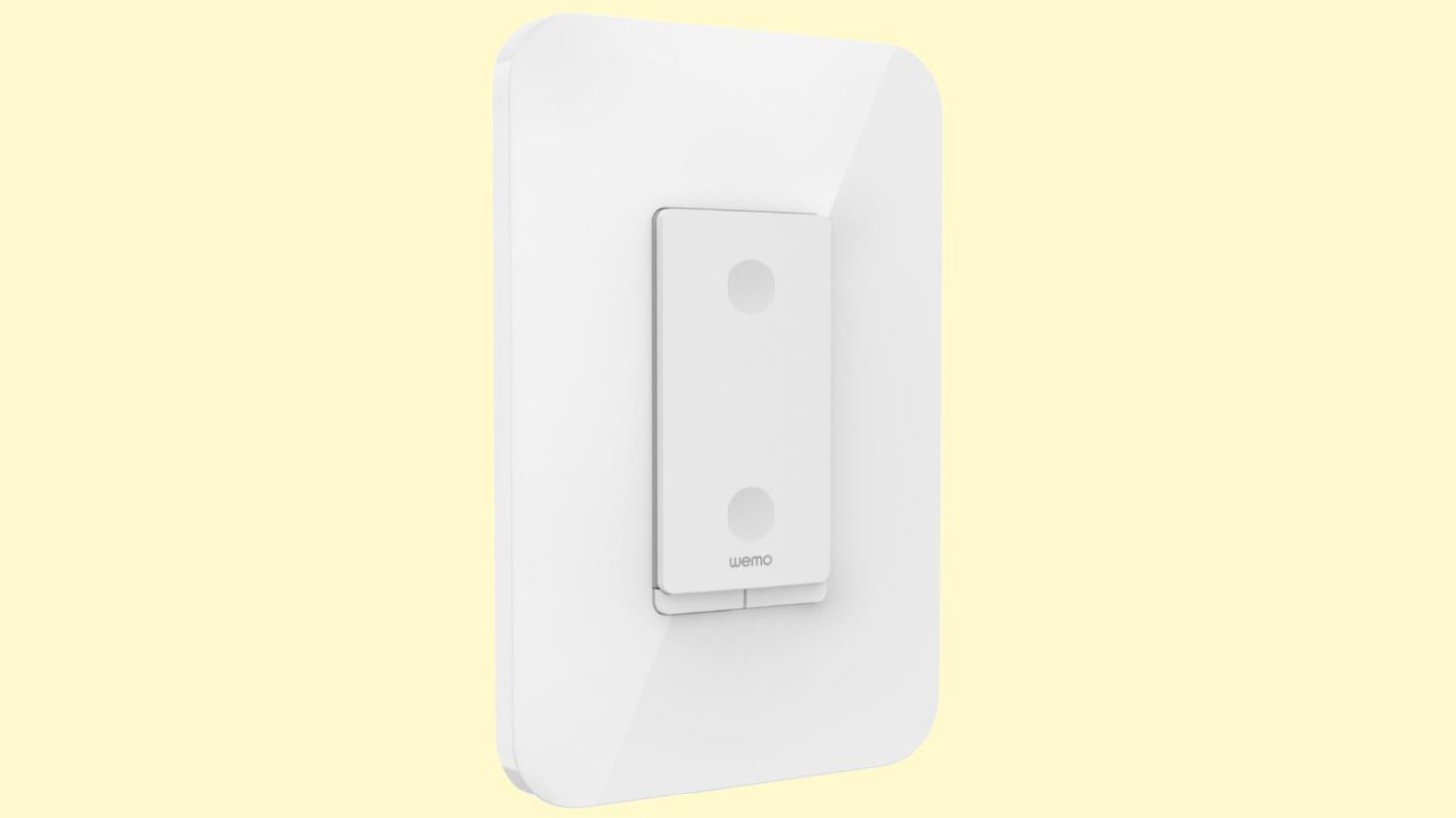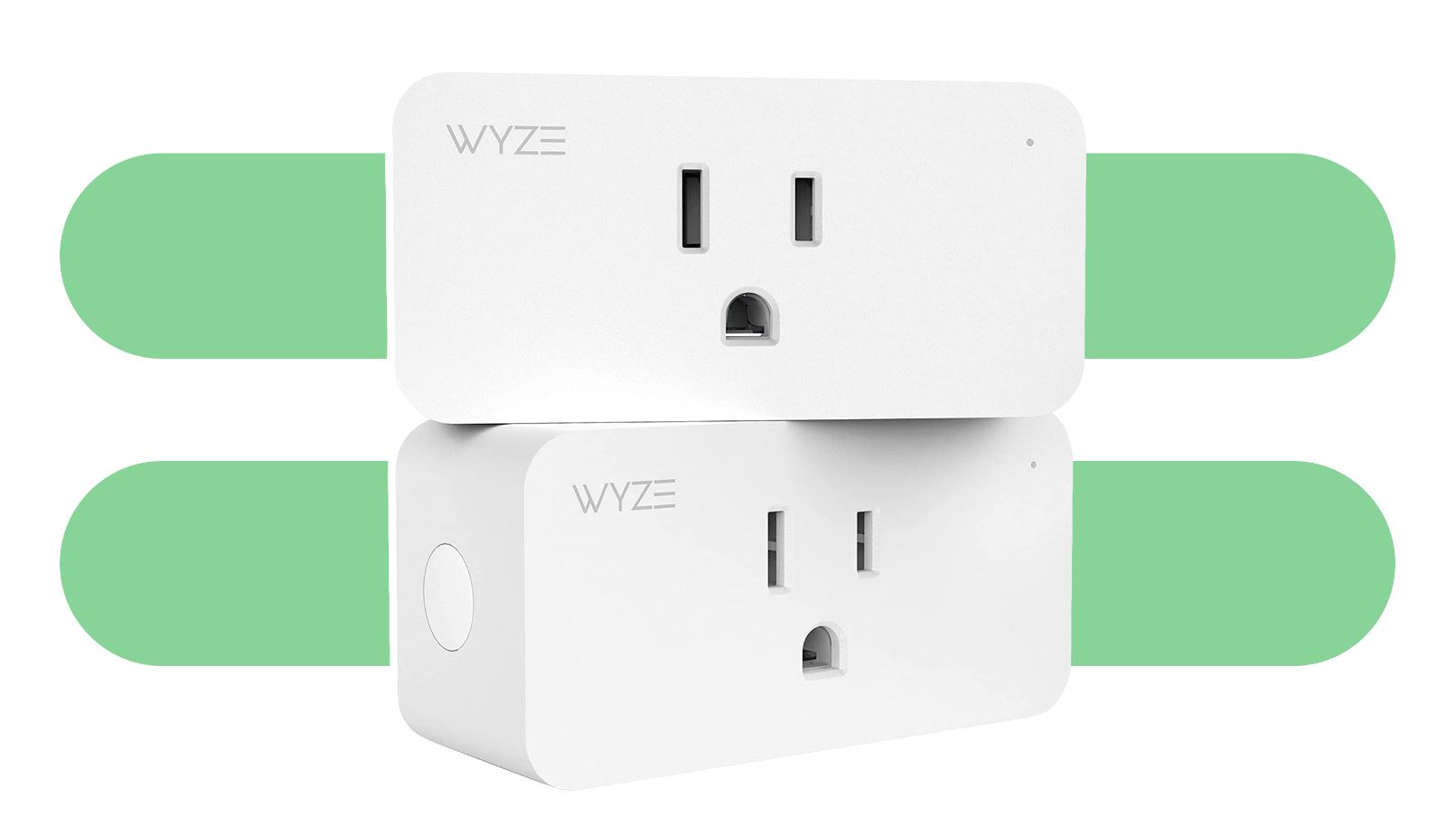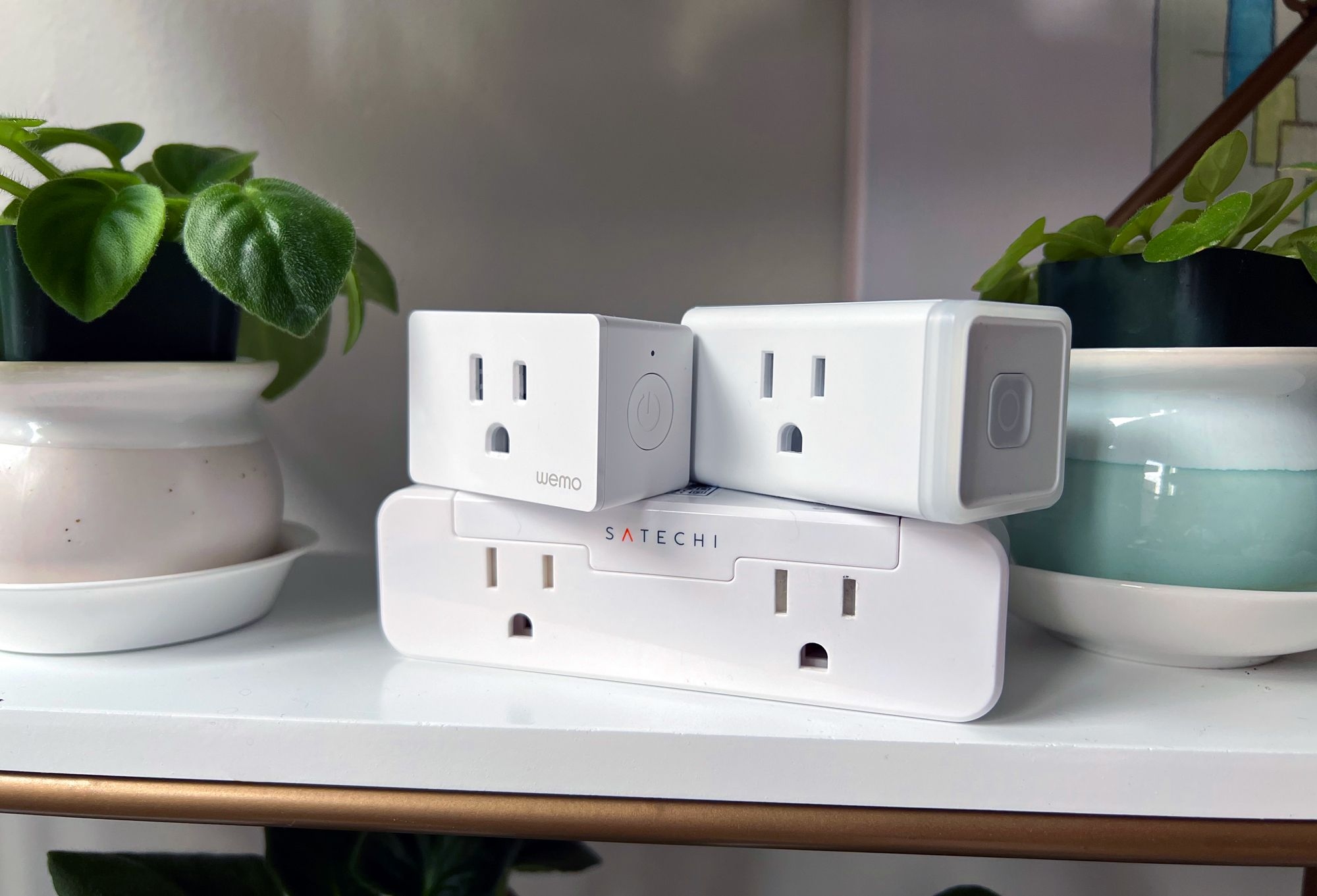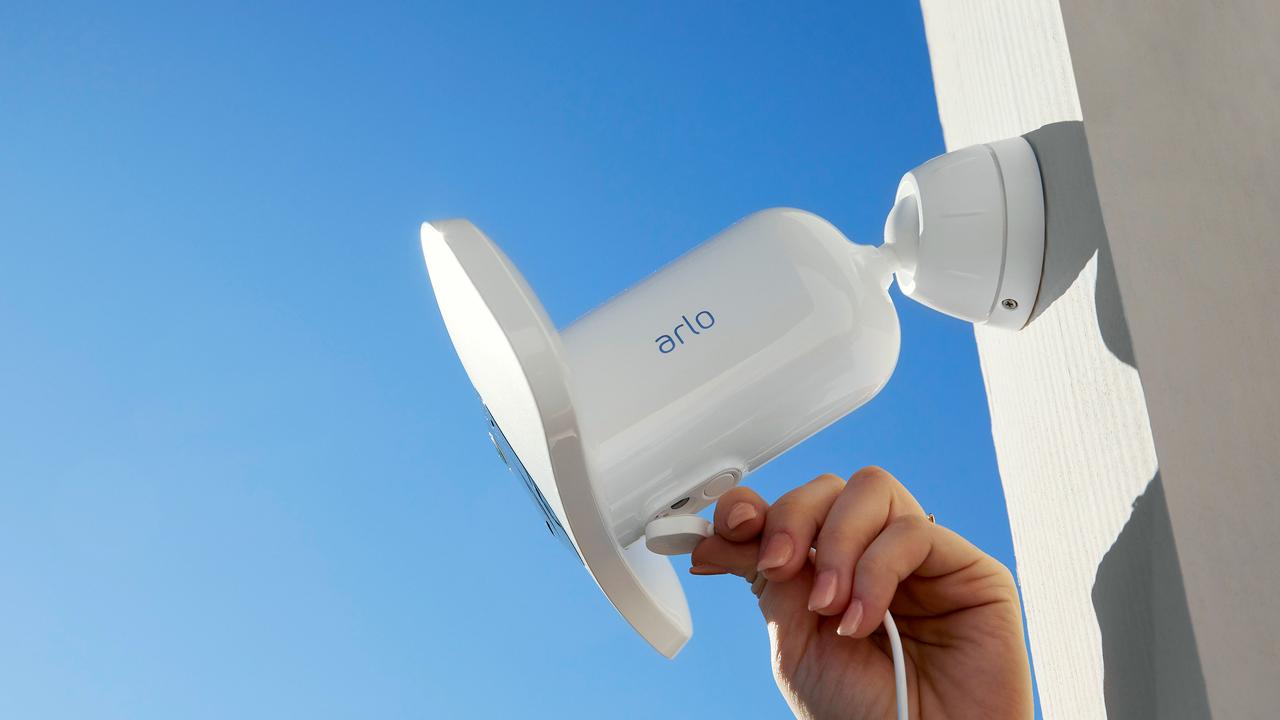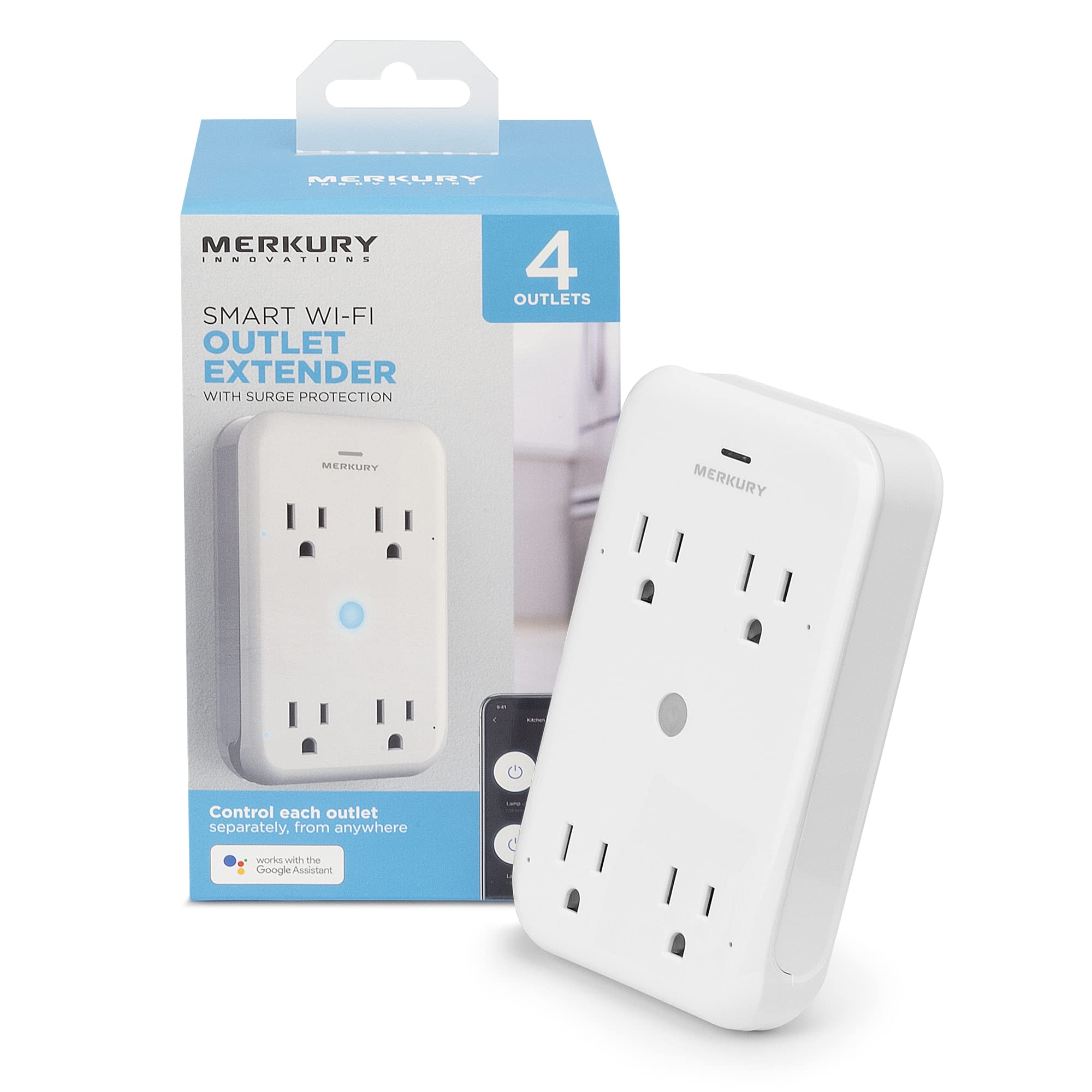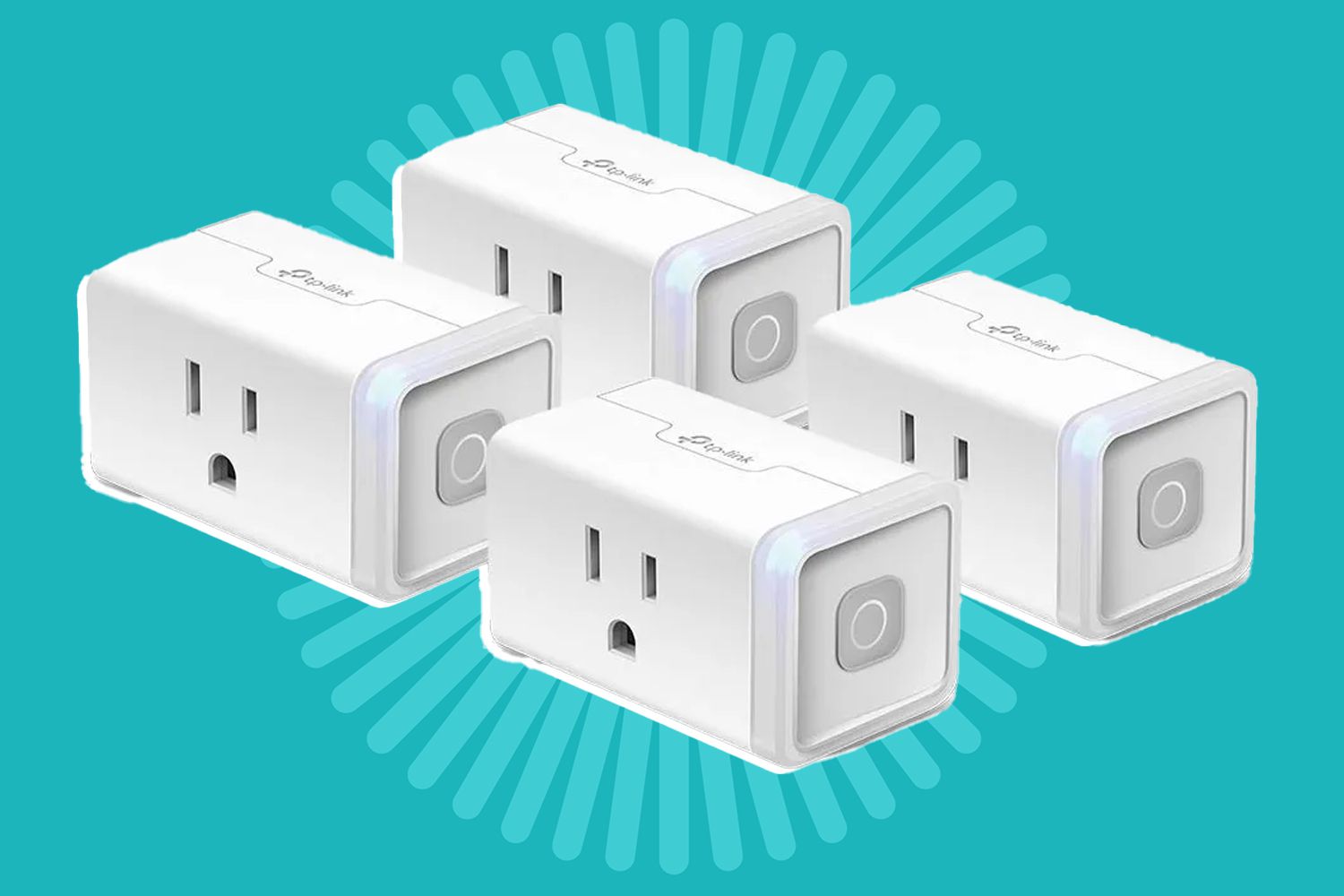Introduction
Welcome to the fascinating world of smart homes! In today’s digital age, technological advancements have revolutionized the way we live and interact with our surroundings. The concept of a smart home has gained immense popularity, offering homeowners a convenient and futuristic living experience. From controlling lights and appliances with a voice command to monitoring security cameras remotely, smart homes have transformed the way we interact with our living spaces.
But what exactly is a smart home? Simply put, a smart home refers to a residence that utilizes a combination of devices, sensors, and technologies to automate and enhance various aspects of daily life. These technologies allow homeowners to control and monitor different systems and appliances in their home through a centralized smart home automation system.
By integrating cutting-edge technologies and connectivity, smart homes offer a seamless and connected experience. Imagine waking up to a gentle alarm that gradually increases the room’s lighting, while the coffee machine starts brewing your favorite blend. Or arriving home to a well-lit pathway and having the temperature adjusted to your liking as you enter.
But how does a smart home actually work? What are the key components that make up a smart home system? And what are the benefits and challenges of implementing smart home technology? In this article, we will explore the inner workings of smart homes, from the basics to the more intricate details, so you can better understand the role and potential of this rapidly expanding technology.
What is a Smart Home?
A smart home is a residential space that incorporates advanced technology and automation to control and monitor various systems and appliances. It leverages Internet of Things (IoT) devices, sensors, and connectivity to enhance comfort, convenience, and security for homeowners. In a nutshell, a smart home is like having a digital assistant that helps manage and streamline daily tasks and routines.
One of the primary aims of a smart home is to provide homeowners with a centralized control hub that allows them to interact with and manage different devices and systems effortlessly. This can include controlling lighting, thermostats, security cameras, door locks, entertainment systems, and more. By integrating these devices into a single ecosystem, homeowners can enjoy a seamless and interconnected experience.
Smart homes offer a wide range of features and functionalities. For example, they enable users to control various aspects of their homes remotely through smartphone apps or voice commands. With the help of virtual assistants like Amazon Alexa or Google Assistant, homeowners can simply speak their commands to control different devices in their smart home.
Automation is a key aspect of a smart home. Home automation allows homeowners to set up routines and schedules for different devices and systems. For instance, you can program your lights to turn on and off at specific times or have your thermostat adjust the temperature based on your preferred settings throughout the day.
Smart home technology also emphasizes energy efficiency. By monitoring and managing the usage of energy-consuming devices and systems, homeowners can reduce their energy consumption and save on utility bills. Features such as smart thermostats and energy monitoring devices enable homeowners to optimize energy usage based on their preferences and habits.
Security is another aspect that smart homes prioritize. With smart security systems, homeowners can monitor their homes remotely using surveillance cameras and receive real-time alerts in case of any suspicious activity. Additionally, smart locks provide convenient and secure access control, allowing homeowners to lock and unlock their doors remotely.
In summary, a smart home combines advanced technology, connectivity, and automation to create a more convenient, efficient, and secure living environment. By integrating devices and systems into a cohesive ecosystem, homeowners can enjoy enhanced control, comfort, and peace of mind.
Components of a Smart Home
A smart home comprises several components that work together to create an interconnected and automated living environment. These components include:
- Smart Devices: Smart devices are the building blocks of a smart home. These include devices like smart thermostats, smart lights, smart plugs, smart locks, smart security cameras, and more. These devices are designed to connect to a central hub or network and can be controlled remotely through smartphone apps or voice commands.
- Central Hub: The central hub serves as the command center of a smart home. It acts as the central point of control and coordination for all the smart devices. The hub connects the devices and facilitates communication between them, allowing homeowners to control and monitor their smart home ecosystem from a single interface.
- Connectivity: Smart homes rely on robust connectivity to function effectively. This includes a reliable internet connection, as well as communication protocols such as Wi-Fi, Bluetooth, and Zigbee. These protocols enable the smart devices to connect and communicate with each other and with the central hub.
- Sensors: Sensors play a crucial role in smart home automation. They provide real-time data and information about the environment to the smart devices. This can include motion sensors, temperature sensors, light sensors, and more. These sensors allow the smart devices to respond and adapt based on the detected conditions.
- Smart Assistants: Smart assistants, such as Amazon Alexa and Google Assistant, bring voice control and virtual intelligence to a smart home. They allow homeowners to interact with their smart devices using natural language commands. Smart assistants can perform various tasks, such as controlling lights, playing music, answering questions, and even ordering groceries.
- Smart Apps: Smart apps are essential for managing and controlling a smart home from a smartphone or tablet. These apps provide a user-friendly interface that allows homeowners to monitor and control their smart devices remotely. With a smart app, homeowners can set up routines, schedules, and customized settings for their smart home automation.
These components work together to create a cohesive and interconnected smart home ecosystem. With the integration of smart devices, connectivity, sensors, and central control, homeowners can enjoy the convenience, efficiency, and enhanced living experience that a smart home provides.
Smart Home Automation
Smart home automation lies at the heart of a smart home system, enabling seamless control and management of various devices and systems. Automation allows homeowners to create customized routines, schedules, and automated responses based on their preferences and needs. This automation can be triggered by specific events, time-based schedules, or user commands.
One of the key benefits of smart home automation is the ability to create personalized routines. Homeowners can set up routines to automate repetitive tasks or adjust settings based on specific conditions. For example, you can create a morning routine that gradually turns on lights, adjusts the thermostat, and brews coffee as you wake up. Similarly, you can set up an evening routine that dims the lights, locks the doors, and arms the security system before you go to bed.
Smart home automation also enables homeowners to create schedules for different devices and systems. You can program lights to turn on and off at specific times, ensuring that your home is well-lit even when you’re not there. Likewise, you can schedule the thermostat to adjust the temperature based on your daily routine, saving energy when you’re away and keeping your home comfortable when you’re back.
Automation can also be triggered by specific events or conditions. For instance, you can set up a rule that automatically turns on the porch lights when motion is detected, providing enhanced security and convenience. You can also configure your smart home system to send you alerts or notifications when certain events occur, such as the front door being unlocked or a water leak being detected.
With the advent of voice assistants and smart speakers, smart home automation has become even more convenient and intuitive. Homeowners can use voice commands to control various devices and systems, making it easier than ever to interact with their smart home. You can simply ask your voice assistant to dim the lights, turn on the TV, or start your favorite playlist, eliminating the need for manual control.
Furthermore, smart home automation enables integration with other smart technologies and platforms. This means that you can connect your smart home system with other devices like smart TVs, smart appliances, and even third-party platforms like IFTTT (If This, Then That) to create a fully integrated and customized smart home experience.
In summary, smart home automation empowers homeowners to personalize and streamline their living environment. With the ability to create routines, schedules, and automated responses, homeowners can enjoy a more convenient, efficient, and customized smart home experience.
How Does a Smart Home System Work?
A smart home system works by integrating various devices, sensors, and technologies to create a unified and interconnected living environment. The central hub, often referred to as the smart home controller, plays a crucial role in coordinating and managing the different components of the system.
At the heart of a smart home system is the concept of connectivity. Smart devices within the home, such as thermostats, lights, and security cameras, are connected to the central hub through communication protocols like Wi-Fi, Bluetooth, or Zigbee. This allows the devices to exchange information and instructions with the hub and with each other.
The central hub serves as the central control point for the entire smart home system. It acts as the bridge between the smart devices and the user, allowing homeowners to interact with and manage the various components of their smart home. The hub communicates with the devices through their respective protocols and relays commands and information between them.
When a homeowner wants to control a smart device, they can do so through various methods. One common way is through a smartphone app specifically designed for controlling the smart home system. The app provides a user-friendly interface where homeowners can monitor the status of their devices, set up routines and schedules, and adjust settings as desired.
Another popular interface for controlling smart homes is voice commands through virtual assistants like Amazon Alexa or Google Assistant. These smart assistants provide a hands-free and intuitive way for homeowners to interact with their smart devices. By simply speaking voice commands, homeowners can control lights, adjust the temperature, play music, and perform various other tasks.
In a smart home system, sensors play a crucial role in providing real-time information about the environment. For example, motion sensors can detect movement in a room and trigger actions like turning on lights or recording a video. Temperature sensors can monitor the climate and adjust the thermostat accordingly.
Furthermore, smart home systems often have the ability to learn and adapt to the homeowners’ preferences and habits. Machine learning algorithms and artificial intelligence can analyze data and patterns to anticipate user needs and automate processes. For example, a smart thermostat can learn the preferred temperature settings based on the homeowners’ behavior and adjust itself automatically.
The ability to access and control a smart home remotely is another fundamental feature of a smart home system. Through the smartphone app or a web interface, homeowners can monitor and control their smart devices even when they are away from home. This provides convenience, security, and peace of mind, as homeowners can check security camera feeds, lock/unlock doors, and even adjust the thermostat while on the go.
In summary, a smart home system operates by connecting and synchronizing various devices, sensors, and technologies through a central hub. With the help of communication protocols, user-friendly interfaces, and advanced functionalities like machine learning and remote access, homeowners can enjoy a fully integrated and intelligent living experience.
Communication Protocols in Smart Homes
In a smart home system, communication protocols play a vital role in connecting and coordinating the different devices and components. These protocols determine how devices communicate, exchange data, and interact with each other and with the central hub or controller of the smart home system.
There are several communication protocols commonly used in smart homes. Each protocol has its own advantages and characteristics, and the choice of protocol depends on factors such as device compatibility, range, power consumption, and data transfer speed. Some of the commonly used communication protocols in smart homes include:
- Wi-Fi: Wi-Fi is perhaps the most widely used protocol in smart homes due to its ubiquity and high data transfer rate. Many smart devices, such as smart speakers, security cameras, and thermostats, connect to the home Wi-Fi network. Wi-Fi enables seamless communication between devices, the central hub, and the homeowner’s smartphone or tablet through the local network or the internet.
- Bluetooth: Bluetooth is another popular communication protocol used in smart homes. Bluetooth-enabled devices, such as smart locks, proximity sensors, and wearable devices, can communicate with each other and with smartphones or tablets within a short range. Bluetooth is known for its low power consumption and simplicity of pairing devices.
- Zigbee: Zigbee is a wireless communication protocol that operates on low-power, low-data-rate wireless mesh networks. It is commonly used for home automation devices, such as smart light bulbs, switches, and sensors. Zigbee networks form a mesh topology, allowing devices to communicate with each other and extend the network’s range by relaying data.
- Z-Wave: Z-Wave is another wireless communication protocol designed specifically for smart home applications. Similar to Zigbee, Z-Wave devices create a mesh network to enable communication and control. Z-Wave operates at lower frequencies than Wi-Fi and Zigbee, providing better range and penetration through walls and obstacles.
- Thread: Thread is a newer communication protocol that aims to provide a reliable and secure networking solution for smart homes. It is built on IPv6 and operates on IEEE 802.15.4 wireless standard. Thread enables communication between various devices, allowing them to form a mesh network. It emphasizes energy efficiency, scalability, and robust security.
These communication protocols enable smart devices to transmit data and commands reliably and efficiently. They allow for smooth interaction between devices and the central hub, ensuring that commands and information are effectively communicated and executed.
It is worth noting that many smart home systems and devices are designed to be compatible with multiple communication protocols. This flexibility allows homeowners the freedom to choose devices based on their preferences and easily integrate them into their smart home ecosystem, regardless of the communication protocol they use.
In summary, communication protocols serve as the backbone of a smart home system, enabling devices and components to communicate, exchange data, and work in harmony. Wi-Fi, Bluetooth, Zigbee, Z-Wave, and Thread are just a few examples of the protocols commonly used in smart homes, each offering its own advantages and applications.
Benefits of Smart Home Technology
Smart home technology offers a multitude of benefits that enhance the quality of life, provide convenience, and improve energy efficiency and security. Here are some key benefits of incorporating smart home technology into your living space:
- Convenience: One of the primary advantages of a smart home is the convenience it brings. With smart home automation, you can control and manage various devices and systems from a single interface, whether it’s a smartphone app or a voice assistant. You can turn on lights, adjust temperature settings, and even lock doors, all with a simple voice command or a few taps on your phone.
- Energy Efficiency: Smart homes allow you to optimize energy usage and reduce waste. Smart thermostats can adjust the temperature based on your preferences and schedule, ensuring that you are only using energy when needed. Smart lighting systems can turn off lights automatically when no one is in the room. These energy-saving features not only reduce your utility bills but also contribute to a greener and more sustainable lifestyle.
- Enhanced Security: Smart home security systems provide peace of mind by allowing you to monitor and control your home’s security remotely. You can receive real-time alerts on your smartphone if there is any unusual activity detected by security cameras or sensors. Smart locks enable secure access control, allowing you to lock or unlock doors remotely and provide temporary access to visitors. These features significantly enhance the security of your home.
- Customization and Personalization: Smart homes allow you to tailor your living environment to fit your preferences and lifestyle. With smart home automation, you can create personalized routines and schedules for different devices, adjusting lighting, temperature, and other settings based on your habits. This level of customization ensures that your home adapts to your needs and offers the comfort and convenience you desire.
- Remote Monitoring and Control: One of the significant benefits of smart homes is the ability to monitor and control your home remotely. Whether you are at work, on vacation, or simply away from home, you can use a smartphone app or a web interface to check security camera feeds, control devices, and receive notifications. This remote access provides convenience, security, and peace of mind.
- Safety and Emergency Response: Smart home technology can enhance safety and emergency response capabilities. Smoke detectors and carbon monoxide sensors can trigger alarms and send notifications to your smartphone, allowing you to take immediate action. Additionally, in the event of an emergency, smart home systems can automatically turn on lights, unlock doors, and alert authorities, ensuring a rapid response to minimize potential damage or harm.
These are just a few of the many benefits that smart home technology offers. From convenience and energy efficiency to enhanced security and personalization, smart homes have the potential to transform your living space and improve your quality of life.
Challenges of Smart Home Systems
While smart home technology offers numerous benefits, there are also several challenges that come with implementing and maintaining a smart home system. These challenges include:
- Interoperability: One of the significant challenges in the world of smart homes is the lack of standardization and the issue of interoperability among devices and platforms. Different smart devices may operate on different communication protocols, making it difficult to ensure seamless integration and communication between devices. This can lead to compatibility issues and limit the flexibility of building a smart home with devices from different manufacturers.
- Complexity: Smart homes can be complex to set up and configure, especially for individuals who are not familiar with technology or have limited technical skills. The installation and integration of various devices, sensors, and the central hub may require assistance or professional expertise. Additionally, managing and troubleshooting smart devices can be challenging due to frequent firmware updates and compatibility issues.
- Privacy and Security Concerns: As smart homes become more connected and collect more data, privacy and security concerns arise. Smart home systems rely on the internet and cloud services to function, which raises questions about data privacy and the potential for unauthorized access to personal information. Homeowners must take appropriate measures to secure their smart home systems, such as using strong passwords, keeping firmware up to date, and regularly monitoring for vulnerabilities.
- Reliability and Connectivity: Reliability and connectivity issues can arise in smart home systems. A stable and reliable internet connection is crucial for the seamless operation of a smart home. If the Wi-Fi network goes down or experiences disruptions, it can affect communication between devices and the central hub. Similarly, connectivity issues between devices or with the central hub can result in delays or failures of smart home automation and control.
- Cost: Implementing a smart home system can involve significant upfront costs. Smart devices and equipment can be more expensive than traditional counterparts, and homeowners may need to invest in multiple devices to create a comprehensive smart home ecosystem. Additionally, there may be ongoing costs for subscriptions or cloud storage services to enhance the functionality and convenience of the smart home.
- Technical Support and Updates: Smart home systems require regular updates to ensure optimal performance and security. However, managing firmware updates and troubleshooting technical issues can be challenging for homeowners. Having reliable technical support and resources to address problems and answer questions is essential for a smooth and trouble-free smart home experience.
Despite these challenges, the benefits and potential of smart home technology continue to drive its growth and adoption. With advancements in technology and industry standards, many of these challenges are being addressed, and smart home systems are becoming more user-friendly and robust.
Conclusion
Smart home technology has transformed the way we live and interact with our living spaces. With its ability to automate and control various devices and systems, smart homes provide convenience, energy efficiency, enhanced security, and personalized living experiences.
Throughout this article, we have explored the concept of smart homes and the key components that make up a smart home system. We have discussed how smart home automation works, the importance of communication protocols, and the benefits and challenges associated with smart homes.
Smart home technology offers a wide range of benefits, such as convenience through centralized control, energy efficiency through automation and optimization, and enhanced security through remote monitoring and control. Smart homes also enable customization and personalization, allowing homeowners to tailor their living environment to fit their preferences and needs.
However, challenges such as interoperability, complexity, privacy concerns, reliability and connectivity issues, cost, and technical support need to be taken into account when implementing a smart home system. These challenges highlight the importance of careful planning, research, and consideration of individual needs and requirements.
As technology continues to advance and industry standards evolve, many of these challenges are being addressed, making smart homes more accessible, user-friendly, and secure. With a growing range of compatible devices, improved interoperability, and better user interfaces, smart homes are becoming more mainstream and appealing to homeowners.
In conclusion, the rise of smart home technology offers exciting possibilities for homeowners to transform their houses into efficient, connected, and personalized living spaces. With its potential to simplify daily tasks, enhance comfort, conserve resources, and improve security, smart homes are poised to shape the future of our living environments.







